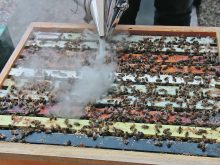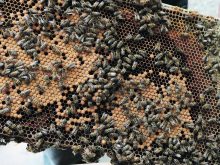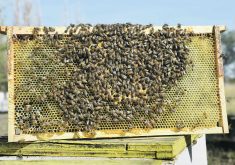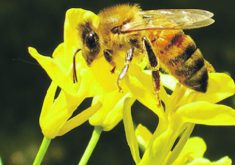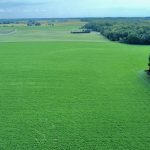The U.S. Environmental Protection Agency has found that imidacloprid, a neonicotinoid insecticide, poses a risk to bee colonies.
In a preliminary risk assessment released this morning, the EPA said imidacloprid, a Bayer product with the brand name Gaucho, is a threat to bee hives when imidacloprid residues on a crop reach 25 parts per billion.
“Above which effects on pollinator hives are likely to be seen.… Below (that level), effects are unlikely,” the EPA said. “These effects include decreases in pollinators as well as less honey produced.”
Read Also

Forecast leans toward cooling trend
July saw below average temperatures, August came in with near to slightly above average temperatures and September built on this warming trend with well above average temperatures for the month.
EPA scientists said imidacloprid residues are most likely to exceed the 25 p.p.b. threshold on cotton and citrus crops.
“Other crops such as corn and leafy vegetables either do not produce nectar or have residues below the EPA identified level,” the EPA said in its release. “Additional data is being generated on these and other crops to help EPA evaluate whether imidacloprid poses a risk to hives.”
The EPA review of imidacloprid and its impact on pollinators is part of the agency’s broader pollinator risk assessment of all neonicotinoid insecticides, including thiamethoxam, a Syngenta product, clothianidin, a Bayer product, and dinotefuran, made by Mitsui Chemicals.
The EPA collaborated with the State of California and Health Canada’s Pest Management Regulatory Agency on the imidacloprid review.
“Canada’s imidacloprid pollinator-only assessment — also released today — reaches the same preliminary conclusions as EPA’s report,” the EPA said.
As of this morning, the Health Canada Pesticide and Pest Management newsfeed did not mention its conclusions on imidacloprid.
The PMRA, on its website, says it is re-evaluating the neonicotinoids and their potential effects on pollinators.
The agency took action following the spring of 2012, when insecticide-laden dust from corn planters was blamed for killing bees at dozens of commercial bee yards in Ontario.
The EPA plans to release its preliminary risk assessments for the other neonicotinoids in December.
Contact robert.arnason@producer.com




